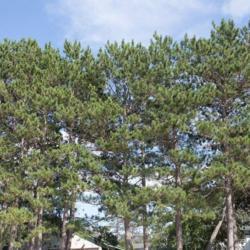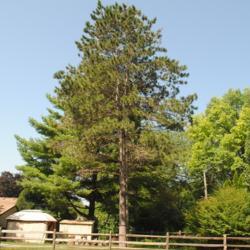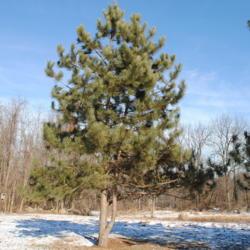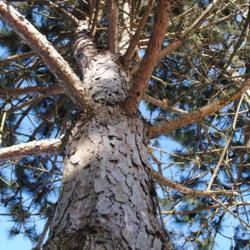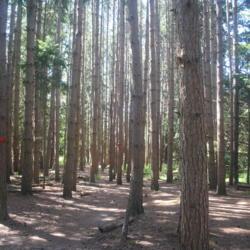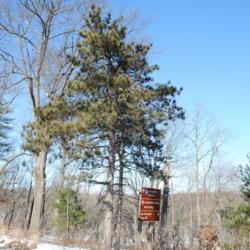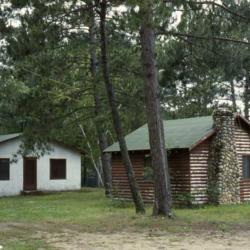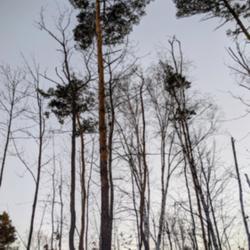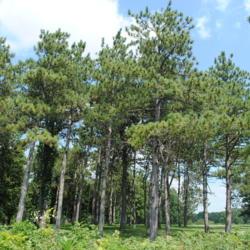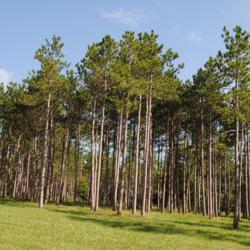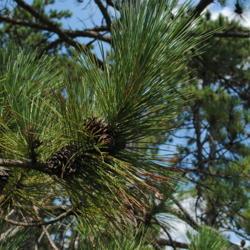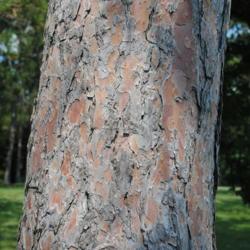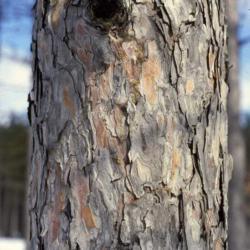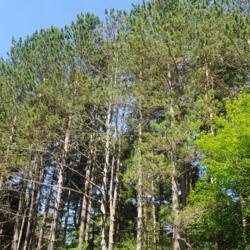| Plant Habit: | Tree |
| Life cycle: | Perennial |
| Sun Requirements: | Full Sun |
| Water Preferences: | Mesic Dry Mesic Dry |
| Soil pH Preferences: | Very strongly acid (4.5 – 5.0) Strongly acid (5.1 – 5.5) Moderately acid (5.6 – 6.0) Slightly acid (6.1 – 6.5) |
| Minimum cold hardiness: | Zone 3 -40 °C (-40 °F) to -37.2 °C (-35) |
| Maximum recommended zone: | Zone 6b |
| Plant Height: | 30 to 50 feet in landscapes; to 100 feet in the wild |
| Plant Spread: | 20-40 feet |
| Leaves: | Evergreen Needled |
| Fruit: | Other: small cones without prickles |
| Fruiting Time: | Year Round |
| Uses: | Provides winter interest Will Naturalize Useful for timber production |
| Wildlife Attractant: | Birds Other Beneficial Insects |
| Resistances: | Deer Resistant Rabbit Resistant Drought tolerant |
| Propagation: Seeds: | Self fertile Sow in situ Other info: seeds have no dormancy and germinate upon sowing |
| Pollinators: | Wind |
| Miscellaneous: | Tolerates poor soil Monoecious |
| Conservation status: | Least Concern (LC) |


